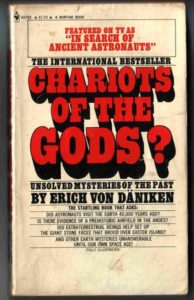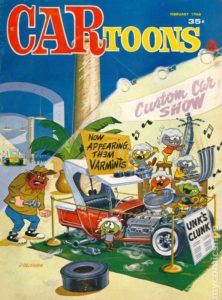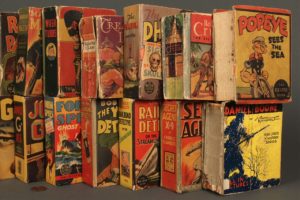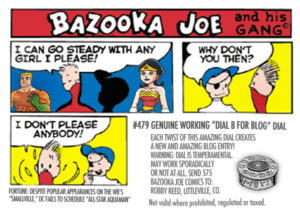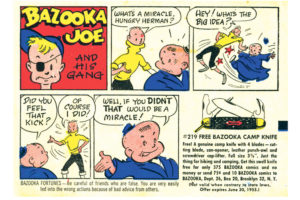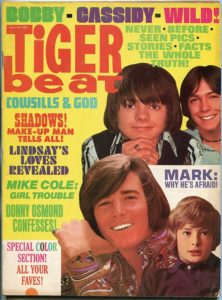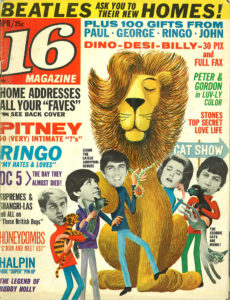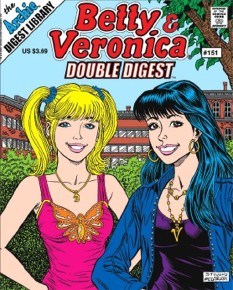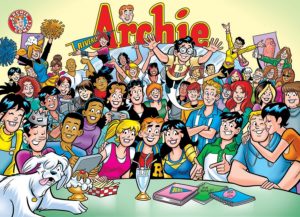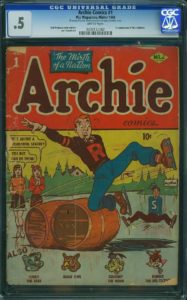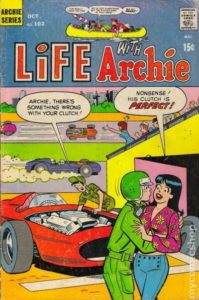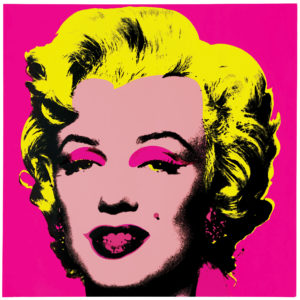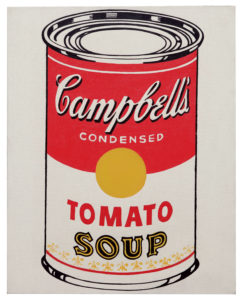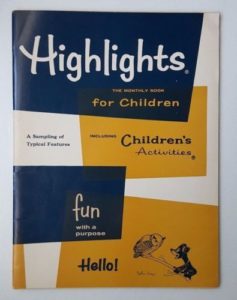
I was a kid who was always sick. I was at the doctor’s office for various childhood ailments ranging from chicken pox to pneumonia. I hated going to the doctor, because it would invariably mean getting a shot.
However, there was a pleasant memory of doctor’s offices of the 1960’s. That was Children’s Highlights Magazine.
Dr. Wendlekin, our family physician in Miami, Oklahoma, had the typical waiting room of the era: semi-comfortable chairs, ash trays, and magazines in a rack with thick clear plastic covers protecting their pages. There were all sorts of different magazines to be found, but I always went for the big, friendly copies of Children’s Highlights.
Highlights was (and still is) a fun read for a kid, particularly an anxious one who is awaiting an appointment with someone who would be prodding him with instruments, checking his pulse with a big, cold stethoscope, and no doubt also sticking him with a needle.
The big, friendly pages had regular features that were eagerly sought out by their young fans. For instance, there were the hidden pictures. A page would be filled with an illustration, and your task was to locate all of the hidden items contained therein. The pen-and-ink drawing would contain some easy giveaways for the youngest, and some tough ones that only an astute eleven-year-old would have the acuity to spot.
The Timbertoes were another favorite. The wooden family would teach us gentle lessons about lightweight matters like the fun things about going to the park, playing in the snow, and other diversions. Not too much heavy learning there. That would be handled by another pair.
Goofus and Gallant got down to the hard facts of life. Do you want to be liked and respected by all? Or would you prefer to be known as a self-centered jerk? It was obvious which of the two was more likable. Goofus would shove old ladies out of the way to make his way to the head of the line, while Gallant would stop what he was doing and assist those who needed help, frequently undoing Goofus’s damage in the process.
The lesson to be learned was so obvious that I wonder why the world has approximately ten Goofuses to every Gallant among its population today.
I also remember the bears. They were a family who would face challenges and have adventures, all begun and concluded within a single page of print.
Highlights would offer subscriptions in every waiting room issue, but I didn’t know anyone who got them at home. No, they were one of two good things about going to the doctor.
The other was the sucker you would receive as your posterior was still stinging from that blasted shot.
